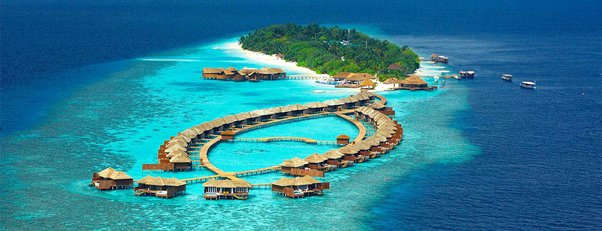In the Maldives, the tourism sector is the linchpin of the economy, significantly influencing the nation’s dollar exchange rate. This investigation delves into the intricate relationship between tourism and the dollar rate, shedding light on the mechanisms at play.

Tourism: The Economic Powerhouse
Tourism is the largest sector in the Maldives’ economy, accounting for over 28% of GDP and 60% of foreign exchange earnings. The influx of tourists directly impacts the local economy, particularly through the increasing popularity of guest house tourism on local islands. This trend has led to a notable circulation of dollars within these communities, as tourists spend on accommodations, food, and other services.

Seasonal Fluctuations and the Black Market
The Maldivian dollar rate in the black market is heavily influenced by tourism seasons. During peak tourist seasons, the increased influx of foreign currency boosts dollar circulation, leading to a decrease in the black-market dollar rate. Conversely, during off-peak seasons, the reduced dollar inflow results in higher black-market rates.
Despite these seasonal fluctuations, the black-market dollar rate has not dipped below MVR 17.30 since 2023. The Maldivian government maintains a fixed official exchange rate of MVR 15.42 to the dollar, yet the black market often tells a different story.
Employee Salaries and Service Charges
Tourism sector employees receive their salaries and service charges in dollars, further influencing the exchange rate. When these payments are made, the circulation of dollars within the local economy increases, potentially stabilizing or lowering the black-market rate. However, this effect is often temporary and insufficient to bring the rate down significantly in the long term.
Economic Dependency on Dollar Inflow
For the Maldives to maintain the dollar rate at MVR 15.42 in the black market, it requires around $7 billion in annual dollar income. This dependency underscores the critical role that tourism plays in the national economy. With the GDP in 2022 standing at approximately $12.975 billion (PPP), achieving this target is a significant economic challenge.
Key Economic Indicators and Trade Partners
According to data from global EDGE (Msu.edu, 2021), the Maldives’ major industries include tourism, fish processing, shipping, and boat building. Top trade partners in 2021 were Oman, the United Arab Emirates, and India, with key exports being seafood, prepared meats, and iron & steel.
In 2022, the Maldives saw a GDP growth rate of 12.299%, with a per capita GDP of $24,772 (PPP). The services sector dominates the GDP composition at 73.25%, followed by industry (8.94%) and agriculture (5.27%). Despite these strengths, the country faces challenges such as inflation (2.333% in 2022), significant external debt ($3.846 billion in 2021), and a current account deficit of over $1 billion.
Conclusion
The Maldivian economy’s reliance on tourism is undeniable. The sector’s health directly influences the dollar rate, impacting everything from local guest house tourism to employee salaries. As the country navigates the complexities of maintaining a stable exchange rate amidst fluctuating tourist numbers, the need for diversified economic strategies becomes increasingly apparent.
Ensuring a steady inflow of dollars is crucial, not just for economic stability, but for the overall financial health of the Maldives. The interplay between tourism and the dollar rate serves as a reminder of the sector’s pivotal role in shaping the nation’s economic landscape.



